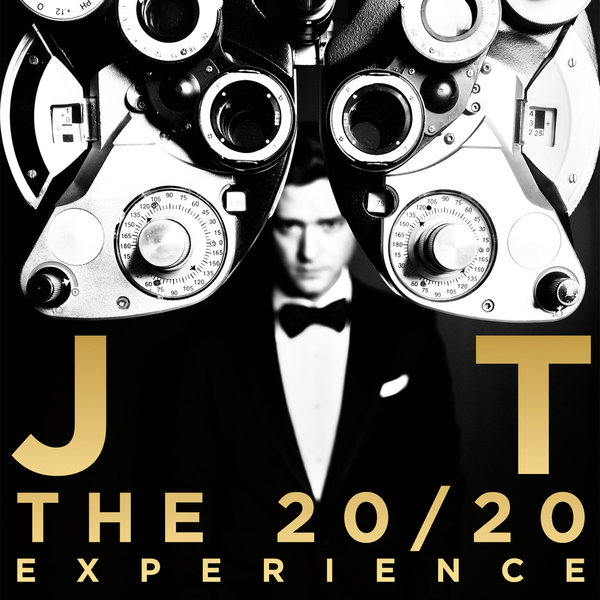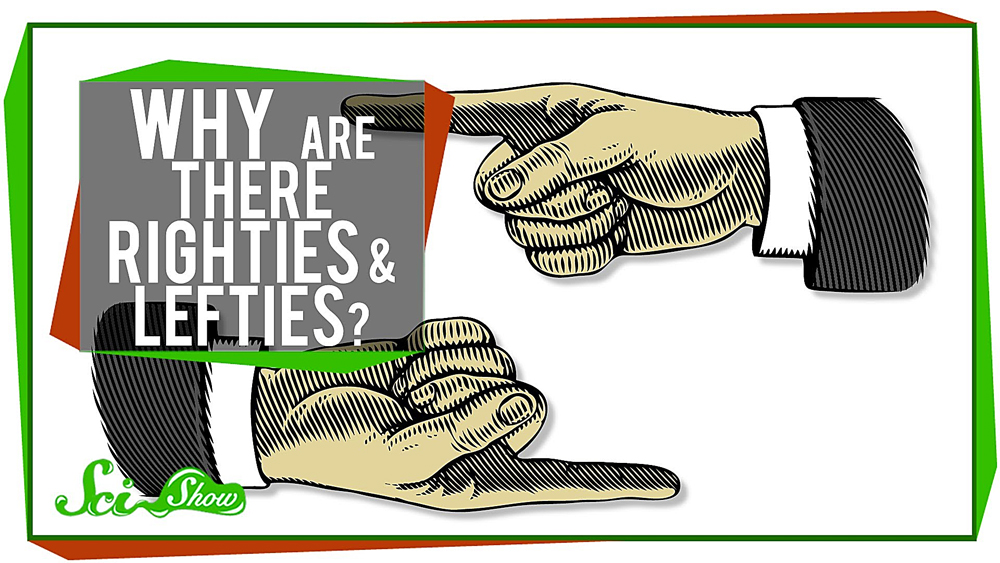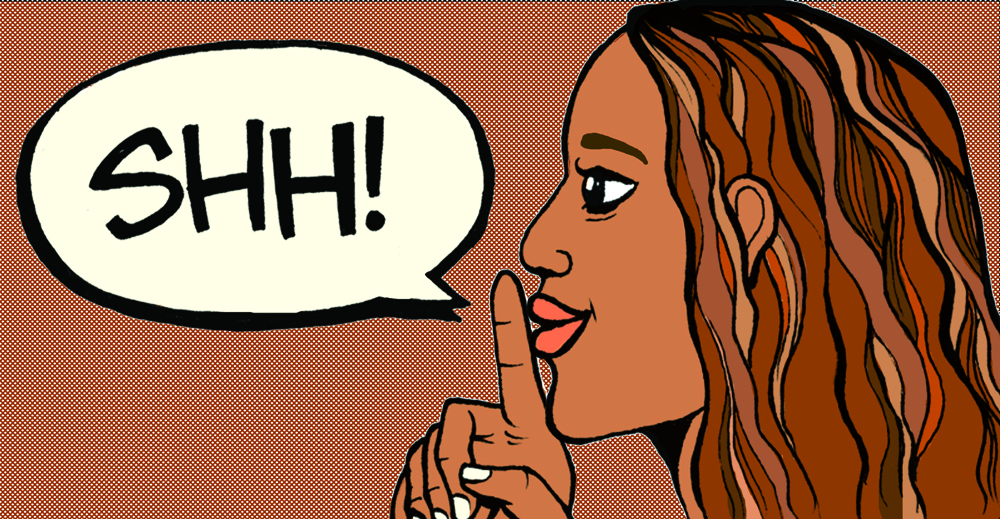When I’m done listening to the four or five tracks that actually deliver on Justin Timberlake’s The 20/20 Experience: Part 1, I move to Part 2 where there are four or five more tracks that actually deliver. This starts an irksome cycle by which I move, infuriated, between two parts of the same album that achieve roughly the same insubstantial effect.
The 20/20 Experience begs the question: why does each part harbor one half of a great album when, if put together and slimmed down, we may have experienced it as a whole? I’m on to you, Timberlake. I think this has much less to do with spectacle, grandeur and spontaneous overflow than it has to do with money and sloppiness.
The two-parter’s in vogue, and most of them use tactics similar to The 20/20 Experience to waste your time. The last installments of the Harry Potter and Twilight franchises, and this new inexplicable The Hobbit trilogy, sacrifice storytelling power to unnecessary division leading to plot and tonal expansion, making the films both boring and manic.
Harry Potter is the real crying shame here because it almost touches greatness. Deathly Hallows: Part I captured the simultaneous monotony and dread of traveling through the countryside on the lamb until it plodded through the latter half of its second hour, at which point we wondered when something exciting was going to happen. The climactic scene at Malfoy Manor didn’t necessarily cut it though. The real climax came with the battle sequence that lasted for almost the entirety of the following part … six and a half months later. The second part felt like that errant firework some local hooligan shoots up five minutes after the display is finished when you’ve folded up your lawn chair and gone back to your car. It still makes you turn your head, but it’s far less exciting for being delayed.
This unevenness is ever-present in Timberlake’s non-narrative new releases. The listener may actually feel the phantom of the missing half underlying the one to which he or she is listening. It’s like they are mirrors – one a little more traditional and the other a little more contemporary, but both shooting below the mark of a perfect hybrid between the two. Instead of just throwing all of his material onto different discs, he could have lined them up, cut out the unnecessary stuff and shown some, I don’t know, artistic control? I mean, most of the tracks end with an infinite and unchanging beat that does absolutely nothing but waste space that would have been better filled with truncated versions of other overwritten tracks from Part 2. Not to mention there are some obvious duds that could’ve been tossed.
If these artists are trying to convince audiences that it was done this way because the product deserved to be presented in its entirety, I’m not buying it.
Let’s compare these two-parters to other works in these artists’ oeuvre. Dreamgirls, the project by Bill Condon that preceded Breaking Dawn, was meticulously edited into a condensed but affective film. David Yates’ previous two Harry Potter films were expertly paced and some of the finest in the series. FutureSex/LoveSounds brought Timberlake to a new level of critical esteem with a single album. We’ve seen evidence that these guys can edit, which makes me think that the two-parter gives away just how little effort went toward conceptualizing the project.
Contrary to the idea that the art is much more personal this time around and has less to do with the audience, it inevitably has very much to do with the audience, whose desires it exploits and never fulfills. This brand of the two-parter essentially gets as much of our buck for its compromised bang as possible.
Well, maybe we’re the dupes now, but you’re the dupes in the long run because it’s your quality’s funeral. Get a hold of your expression, guys. It’s what you’re there for.






